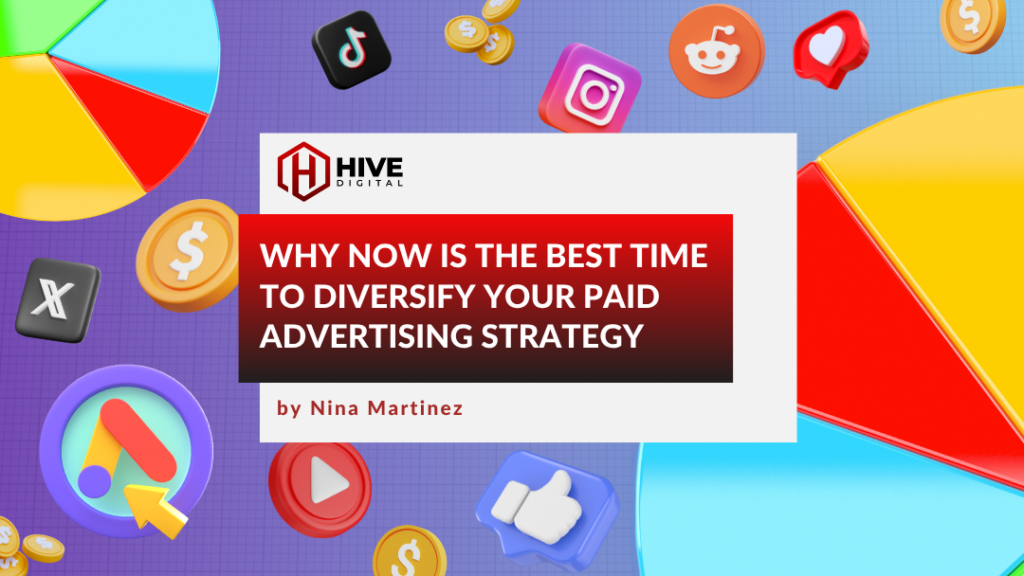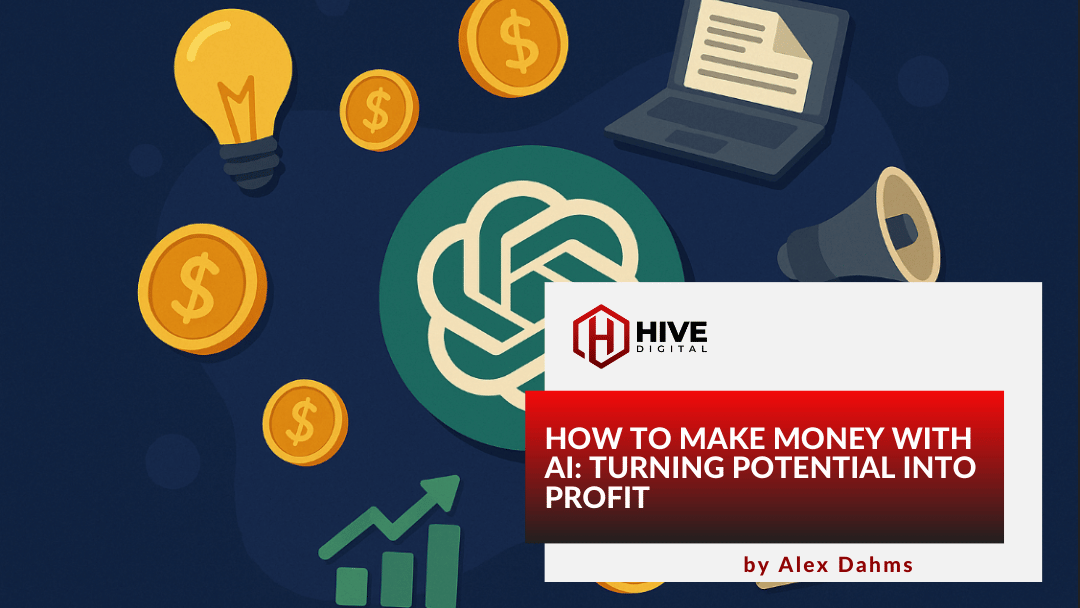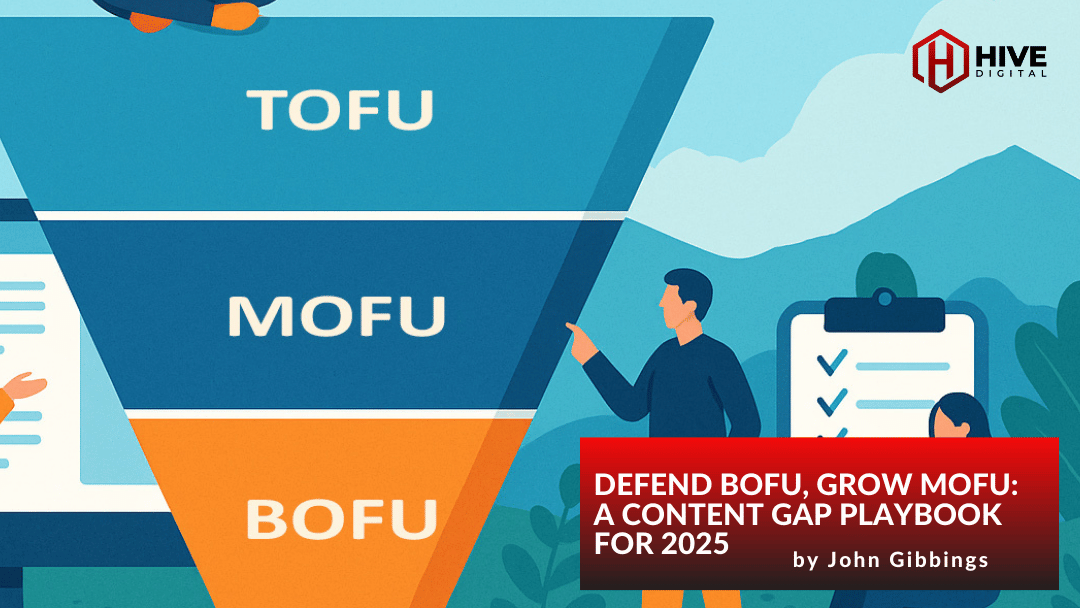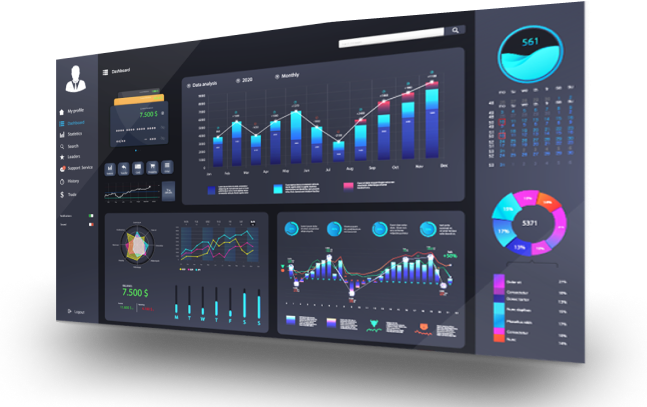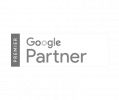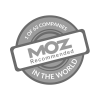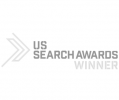The digital marketing landscape is always evolving; yet, one constant remains true: adaptability is key to success. Brands relying too heavily on a single advertising platform risk stagnation and exposure to issues beyond their control. With record-breaking growth across platforms like LinkedIn, Reddit, and Pinterest in previous quarters—and increasing distrust in Google Ads due to opaque account activity and experimental AI-driven changes—now is the perfect time to diversify your paid advertising strategy.
But the urgency doesn’t stop there. Economic shifts, global tariffs, and rising uncertainty in the business environment are reshaping how companies approach their marketing investments. This moment isn’t just about mitigating risk; it’s about seizing new opportunities before others catch on.
The Growth and Opportunity in New Paid Advertising Channels
The digital ad space is in the middle of a massive expansion. Emerging and re-emerging platforms have reporting record highs:
- LinkedIn is seeing all-time-high engagement, especially for B2B advertisers.
- Reddit has achieved a 46% year-over-year growth in daily active users, bolstered by a major data-sharing deal with Google.
- Pinterest has hit record user numbers, driven by its unique position as both a social and search engine for shopping inspiration.
- TikTok continues to attract younger demographics, with renewed interest despite regulatory scrutiny.
These platforms are innovating quickly; perhaps, more so than ever. With new features and formats, like LinkedIn’s boosted lead gen posts, Microsoft Ads’ impression-based remarketing, and Meta’s “flexible media” ads, these changes all point to one thing: brands should no longer consider themselves limited to just Google and Meta.
Brands that move early into these alternative paid advertising channels often benefit from lower costs, greater organic reach, and less competition—at least before the floodgates open.
Economic Uncertainty Is Changing Advertising Behavior
Recent shifts in the U.S. and global economy are forcing businesses to rethink their advertising approach. With inflation concerns, interest rate pressures, and supply chain instability aggravated by rising tariffs, many organizations are facing tough questions:
- Should we pull back on ad spend?
- Should we stick to what’s “safe” and pause experimentation?
- Or, should we lean in and test new tactics while others retreat?
Here’s the truth: In uncertain times, most brands choose to be conservative. That creates opportunities for bold advertisers. When competition pulls back, cost-per-clicks drop and visibility improves. The brands that maintain or expand their presence—especially across alternative ad platforms—can gain significant market share, and even mindshare, at a discount.
This is exactly the kind of environment where diversification becomes your competitive edge.
Rethinking Google Ads
For years, Google Ads has been the cornerstone of many digital strategies, but recent changes have marketers questioning whether it’s wise to rely on it as their sole paid advertising channel:
- Unauthorized changes to ad accounts and missing change logs have raised concerns around transparency and control.
- Ongoing court cases and ongoing antitrust issues have created new regulatory unknowns.
- And emerging features like Performance Max (PMax), AI Overviews, and “People also consider” ads are reshaping how results appear—making it harder to track what’s working.
As highlighted by Search Engine Land in this report, advertisers are frustrated by how Google is blending organic and sponsored content in ways that obscure which ads are driving results. Without clear tracking or attribution, marketers are flying blind, and this ultimately makes it harder to optimize spend or prove ROI.
If your business depends solely on Google Ads, these shifts could undermine campaign effectiveness and limit your ability to adapt.
The Case for Diversification in Paid Ads
Diversification is no longer just a strategy for scale; it’s a strategy for resilience and competitive advantage. Made plain and simple, the case for diversification can be summed up as follows:
Reduce Advertising Platform Risk
A single change to your primary ad platform creates risk. Be it algorithmic, pricing-related, or policy-based, these changes can derail an entire quarter’s performance. Diversifying mitigates that risk by building agility into your media mix and overall advertising strategy.
Reach New, Highly Engaged Advertising Audiences
Different platforms draw different audiences. LinkedIn delivers professionals, TikTok attracts younger creatives, Pinterest reaches visual-first planners, and Reddit offers deeply engaged communities. Your customers may be on multiple platforms—are you?
Capitalize on Lower Competition Across Ad Platforms
When others scale back, your brand can scale forward. Cost-per-click (CPC) often declines when fewer advertisers are bidding. This gives you a chance to own impression share in categories you might have struggled to compete in before.
Stay in Control Amid Ad Platform Disruption
With Google evolving how ads appear, how performance is measured, and the methods by which to do so, the overall sense of reliability on the platform can shift; and for those who are only running ads on Google, these disruptions can create stress and leave you scrambling for solutions. Having additional traffic sources gives you the flexibility to shift budget without scrambling, allowing for pivots that make it easier to adjust campaigns on the fly or even justify changes in tactics and allocations to stakeholders.
How to Begin Diversifying Your Paid Media Strategy
Diversifying your paid media strategy can seem daunting, but getting started doesn’t typically require a total overhaul; just a smarter approach. Here’s our Hive Digital Paid Advertising team’s recommended steps:
- Audit Current Performance
- Assess which platforms are delivering—and where your over-reliance may be putting you at risk.
- Prioritize Channels That Fit Your Audience
- Use demographic and behavioral insights to choose platforms that align with your goals. Start with Meta, LinkedIn, Reddit, TikTok, or Pinterest based on your vertical.
- Test with Purpose
- Allocate 10–20% of your monthly budget to pilot campaigns in new channels. Define clear KPIs: clicks, conversions, CPMs, or leads generated.
- Invest in Measurement and Attribution
- Consider CRMs, tools, and models that help you track multi-touch performance across platforms. Diversification doesn’t work unless you can measure what matters.
- Leverage Each Ad Platform’s Resources
- Whether it’s TikTok Academy, LinkedIn’s content studies, or Reddit’s brand tools, each channel has learning hubs and insights designed to help advertisers win.
Diversification in Advertising and The Cost of Inaction
If you wait until a channel is crowded, you’ll pay more to receive less. Diversifying your paid ads strategy now, while platforms are growing, competition is recalibrating, and Google is disrupting its own ad ecosystem, gives you the advantage of agility.
The digital advertising world isn’t shrinking; it’s evolving. In that evolution, lies the opportunity to lead.
Need help identifying the best advertising channels for your business? Let’s build a resilient, diversified media strategy together. Connect with our team for your free consultation.

